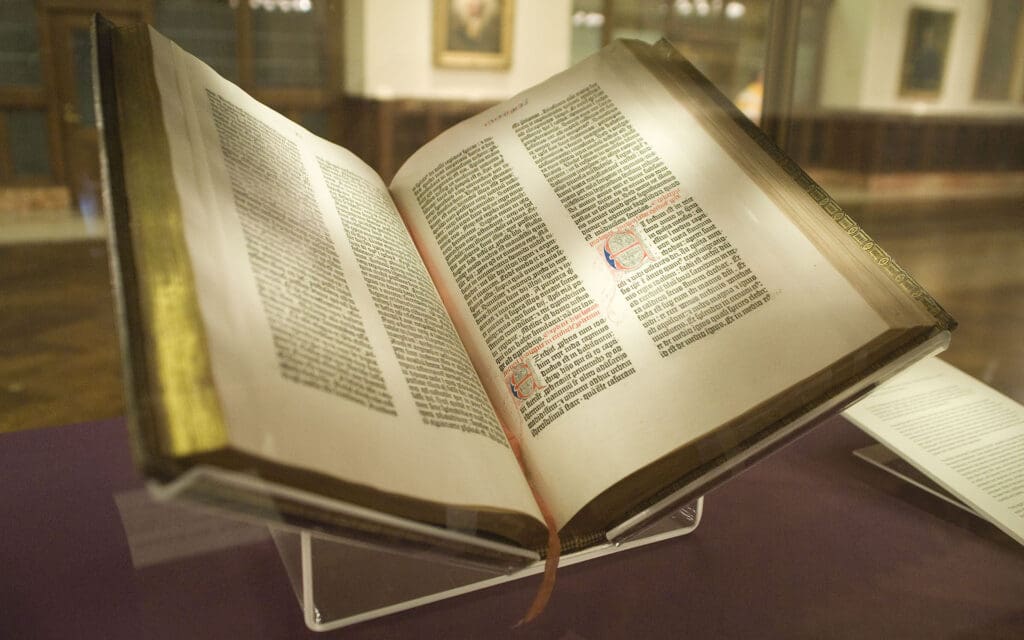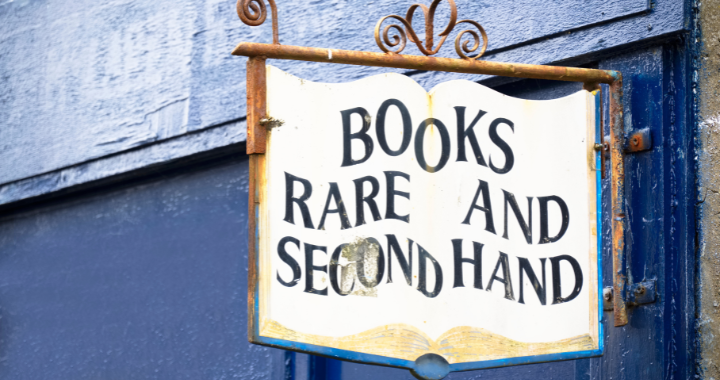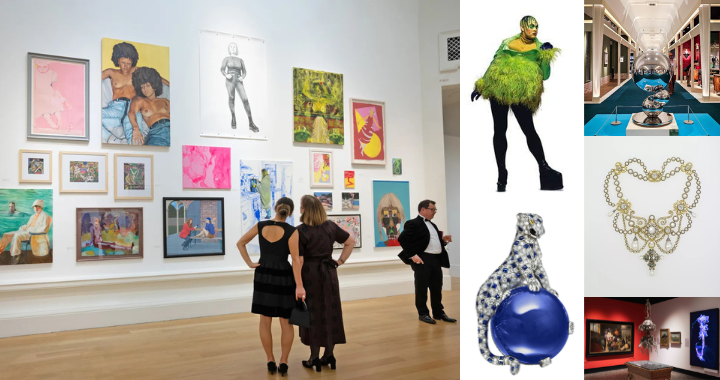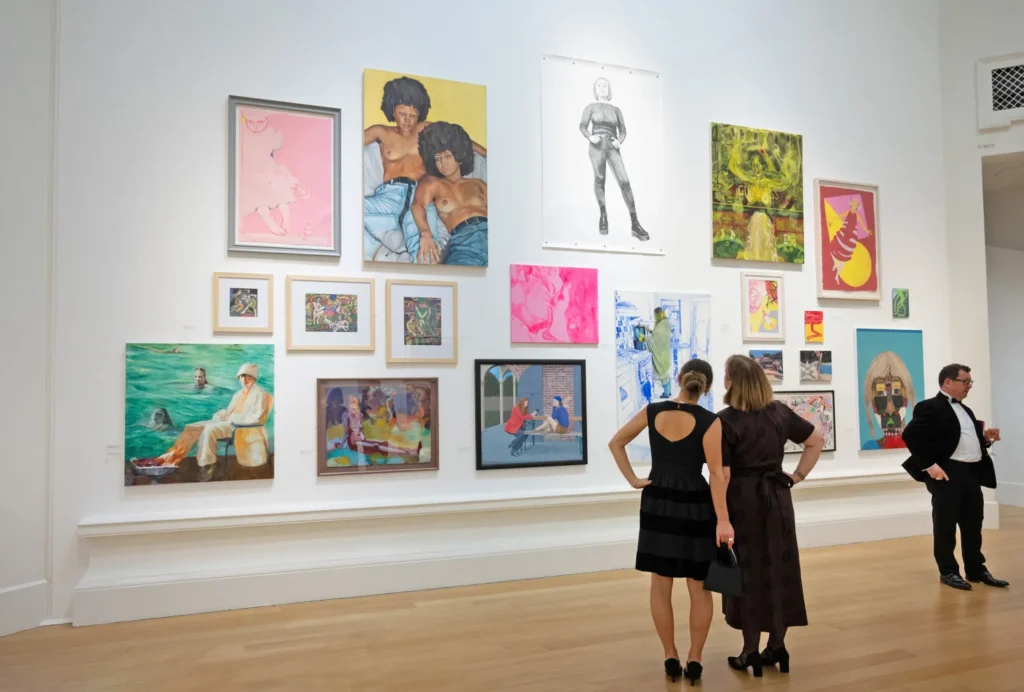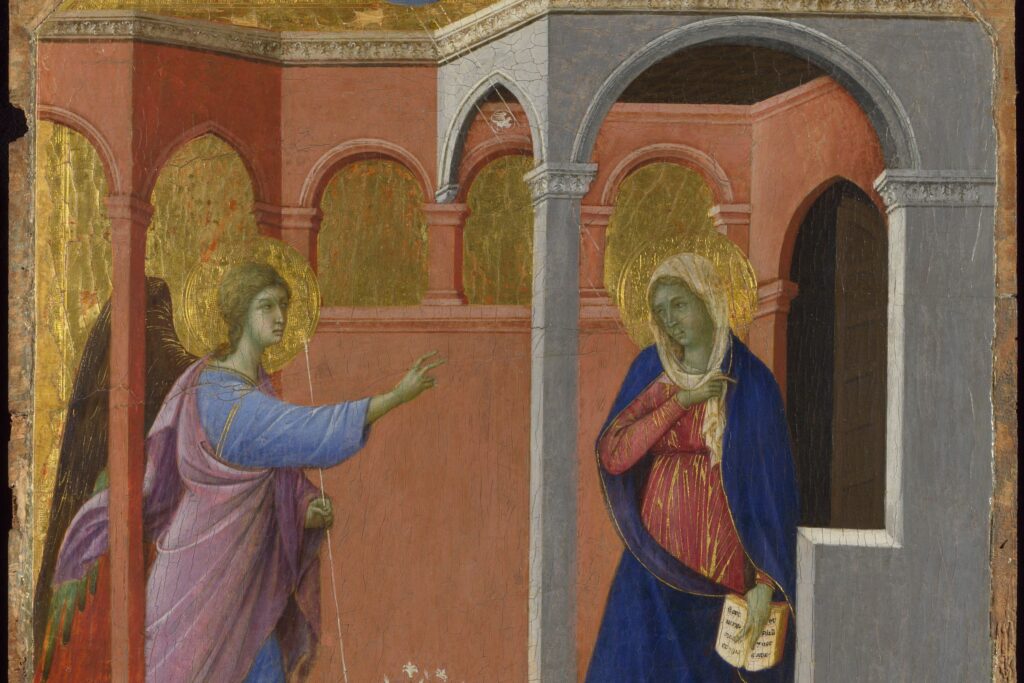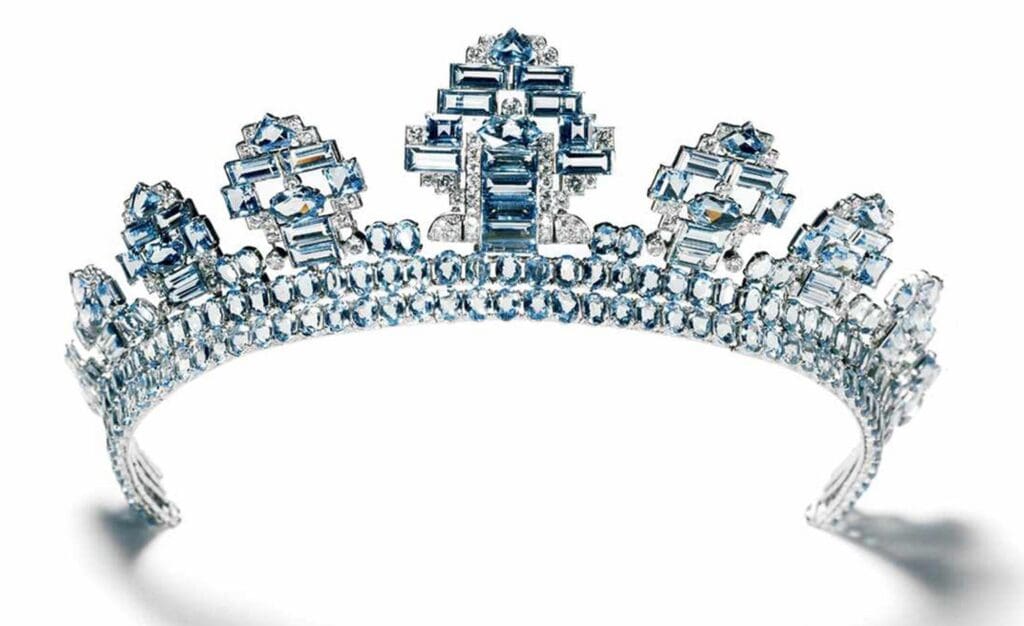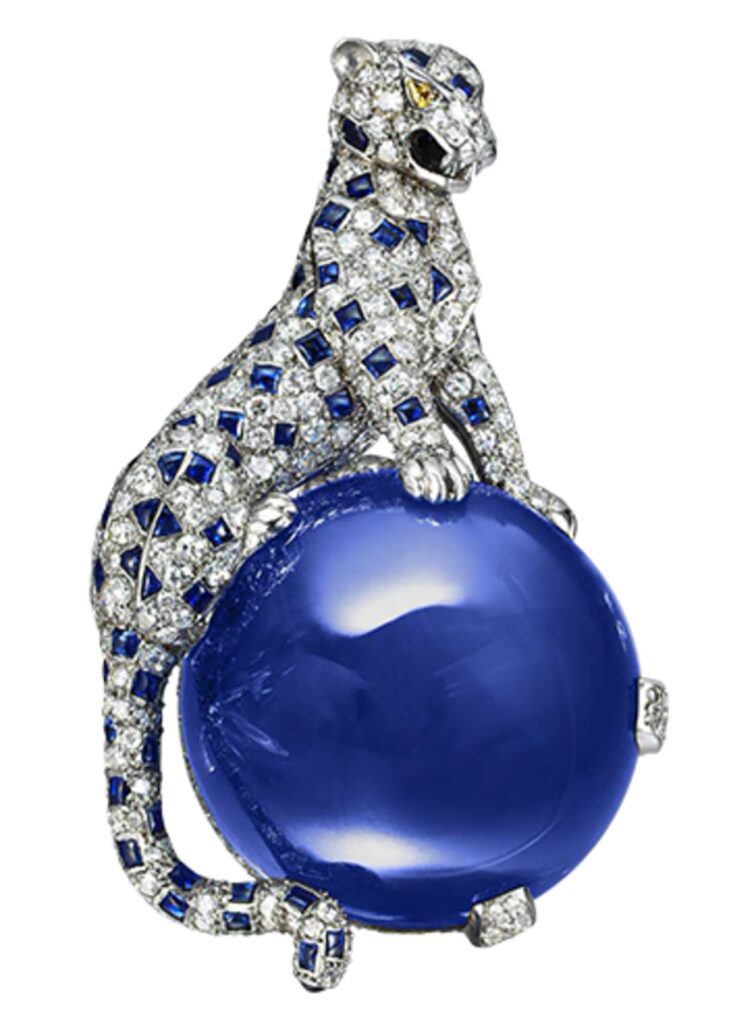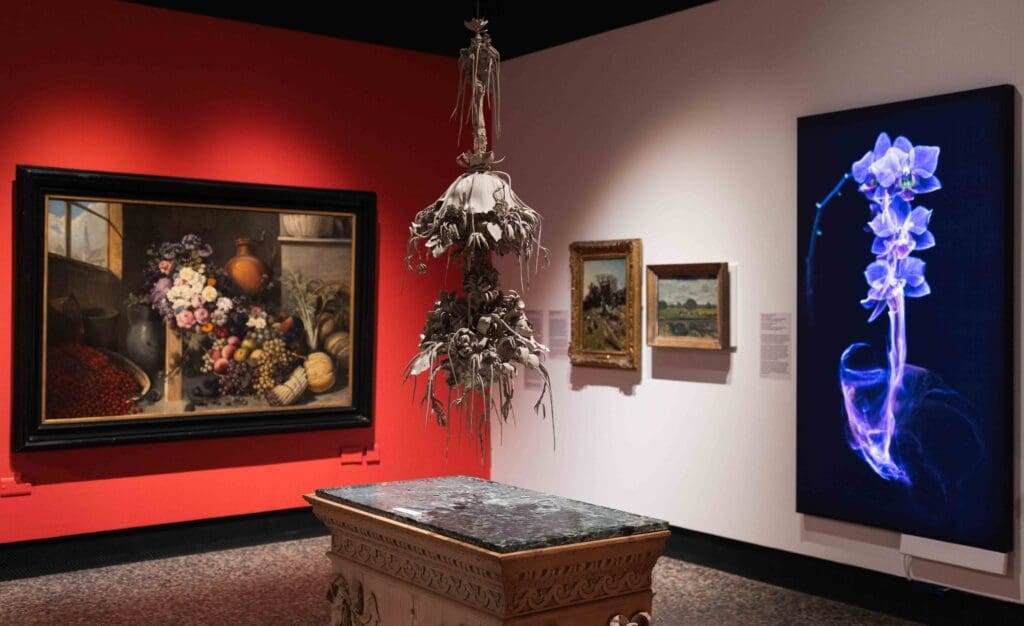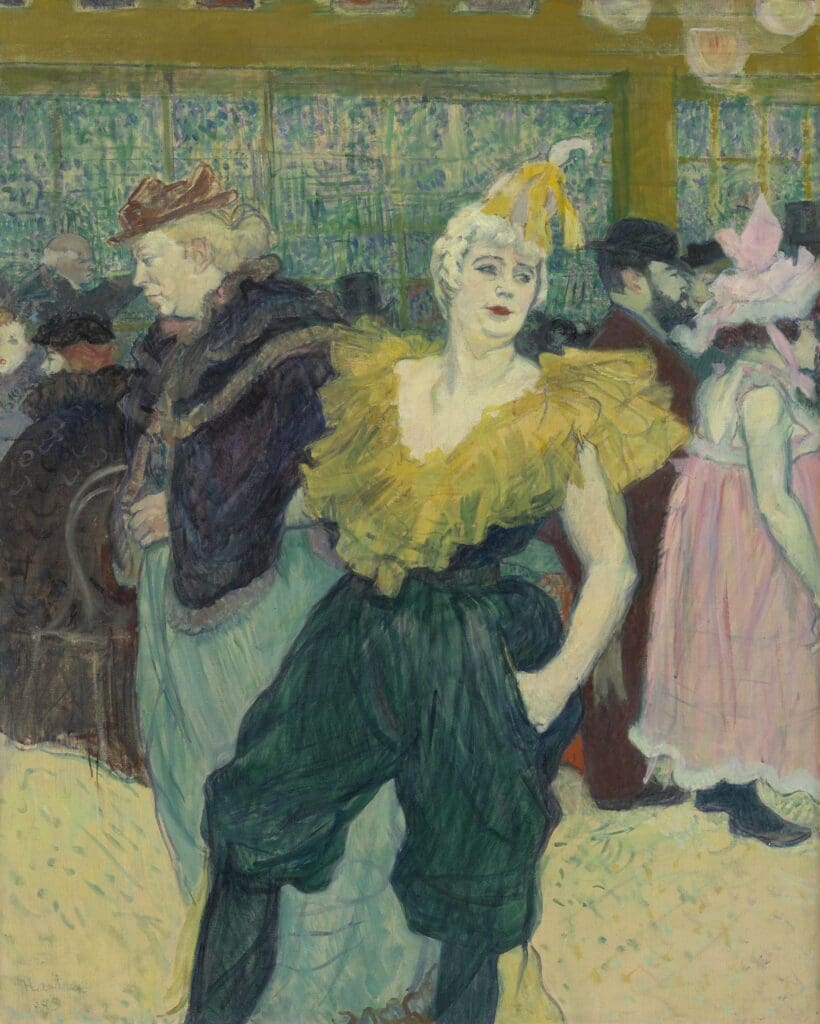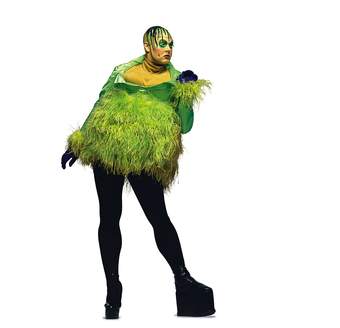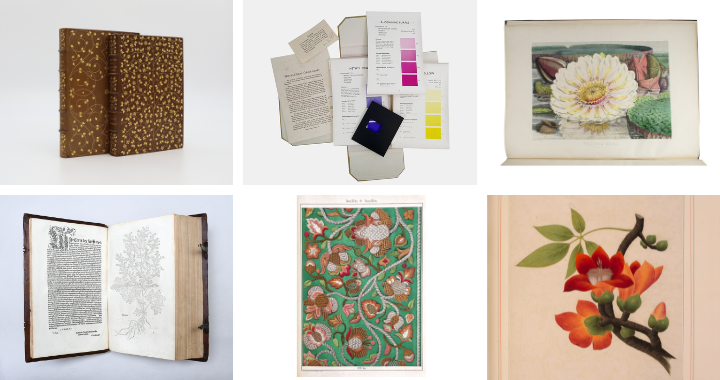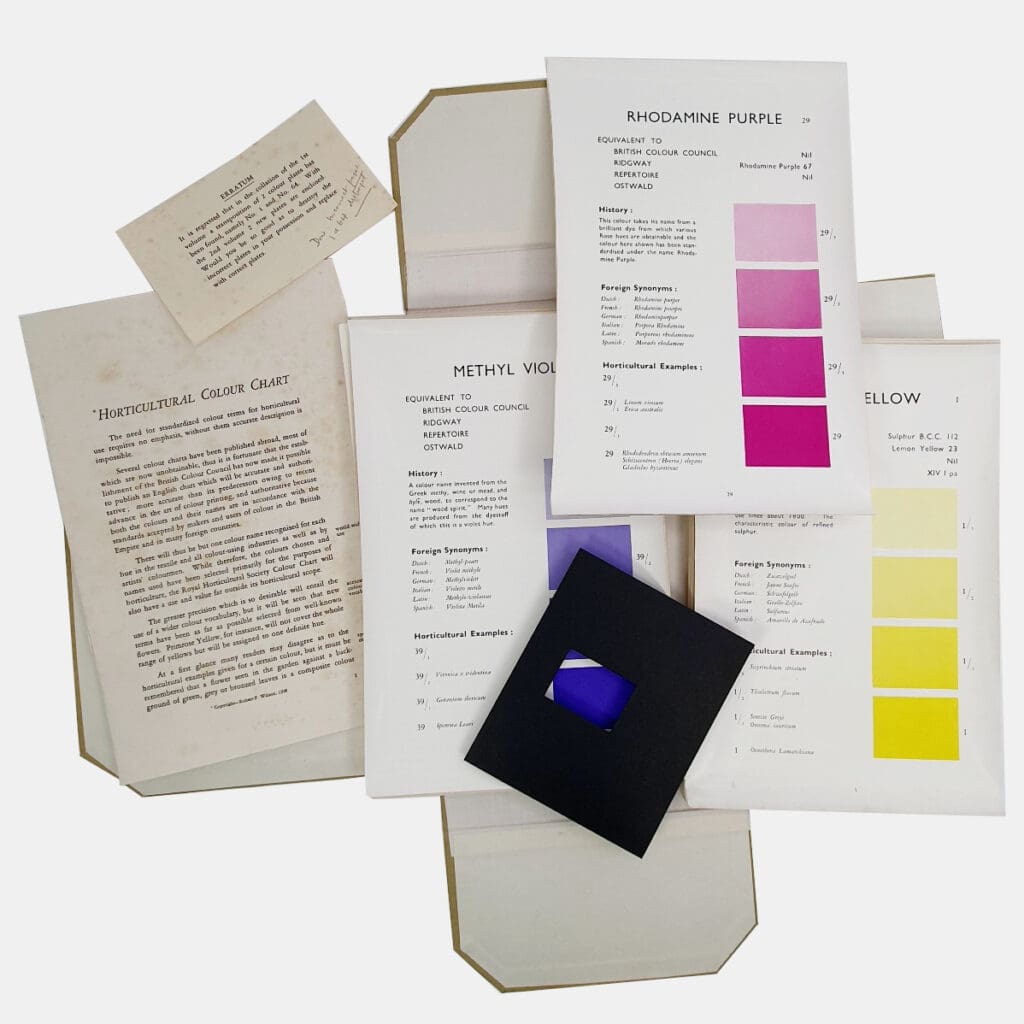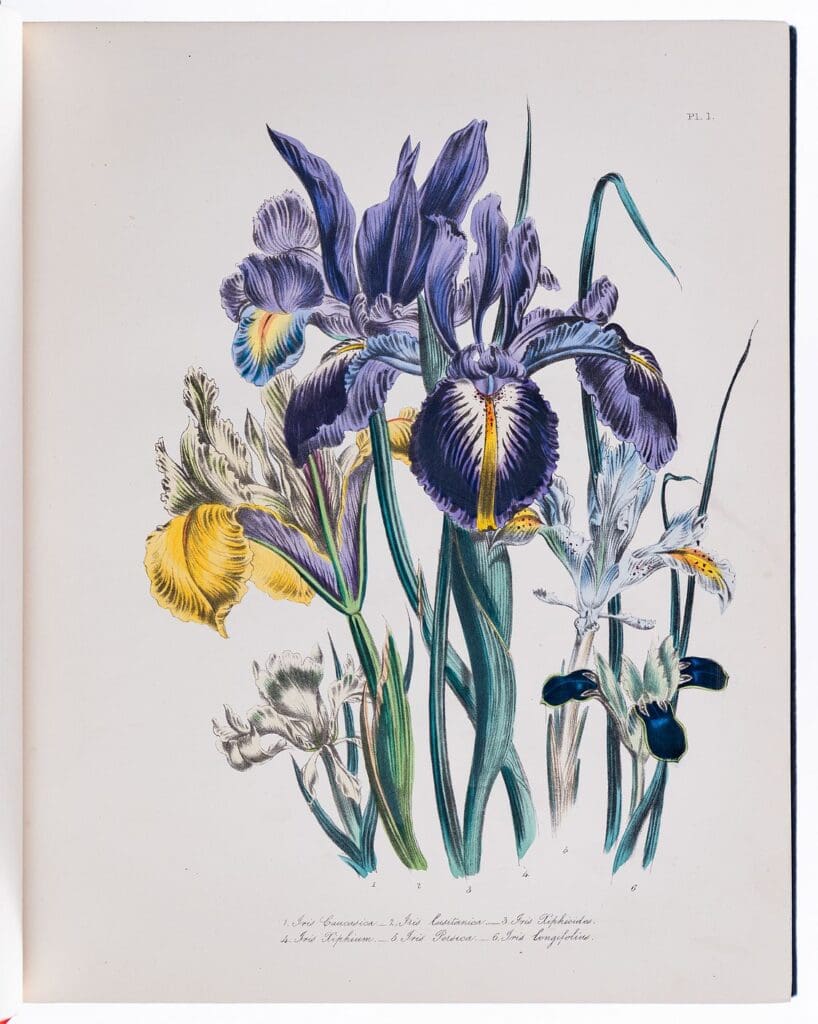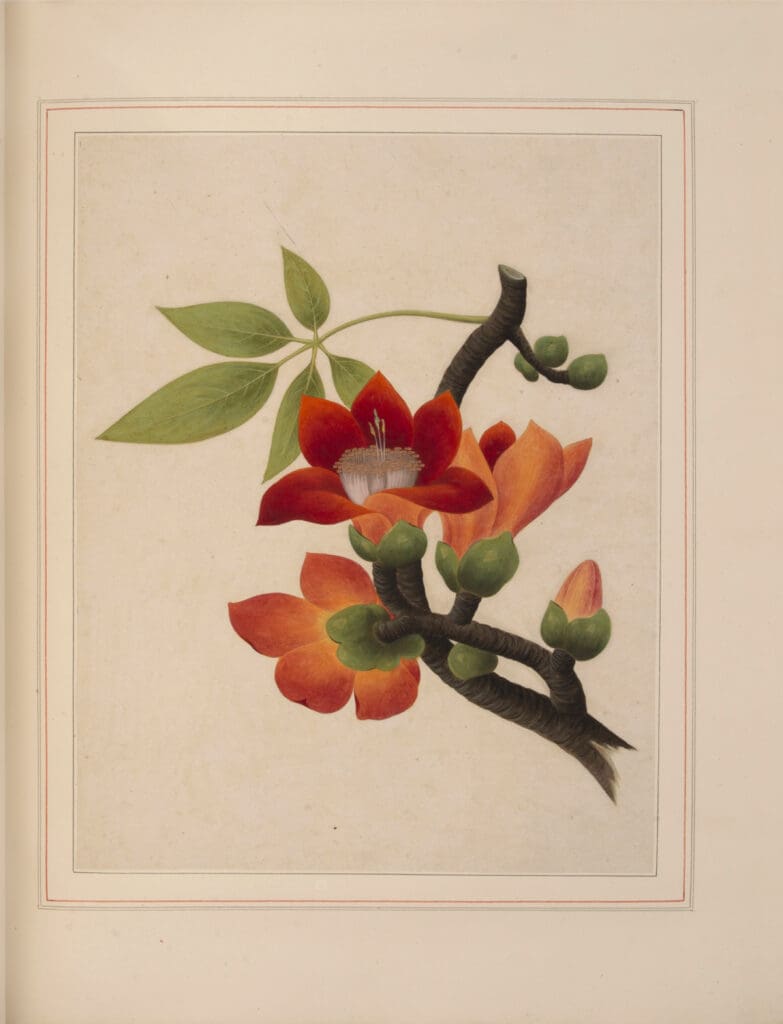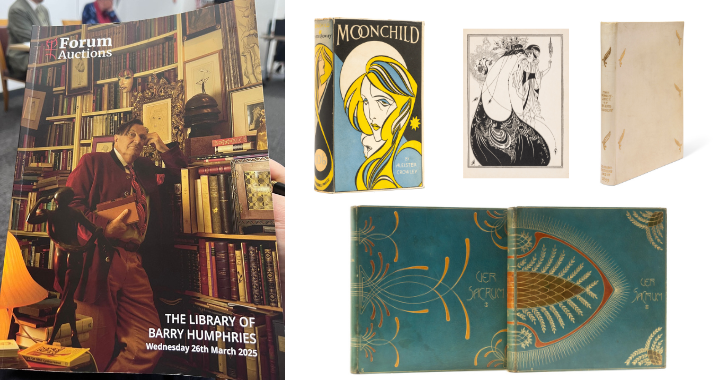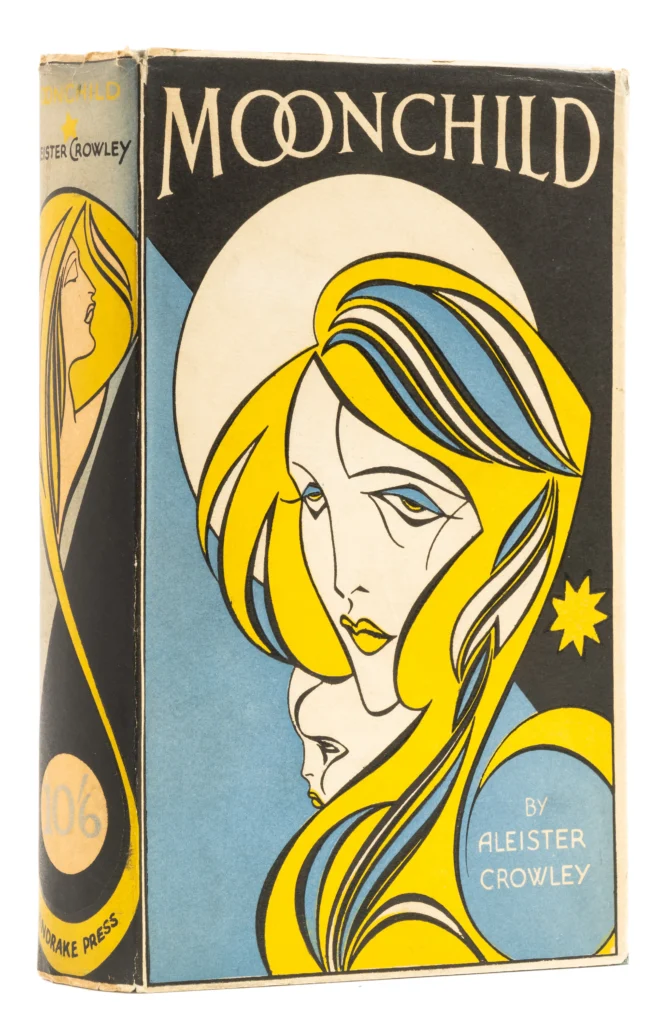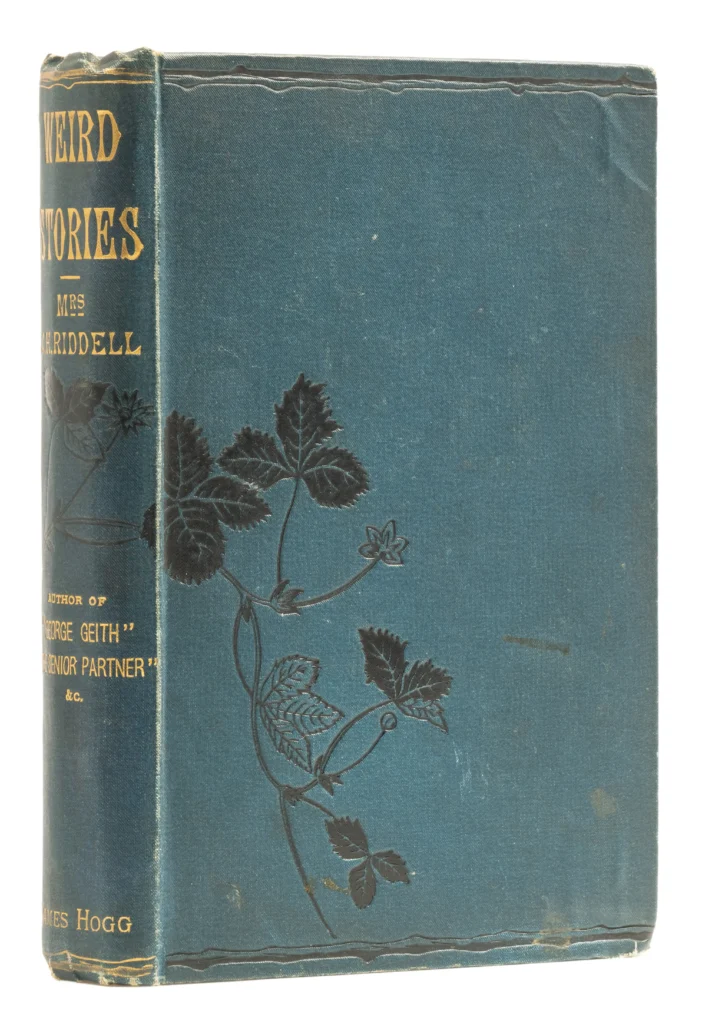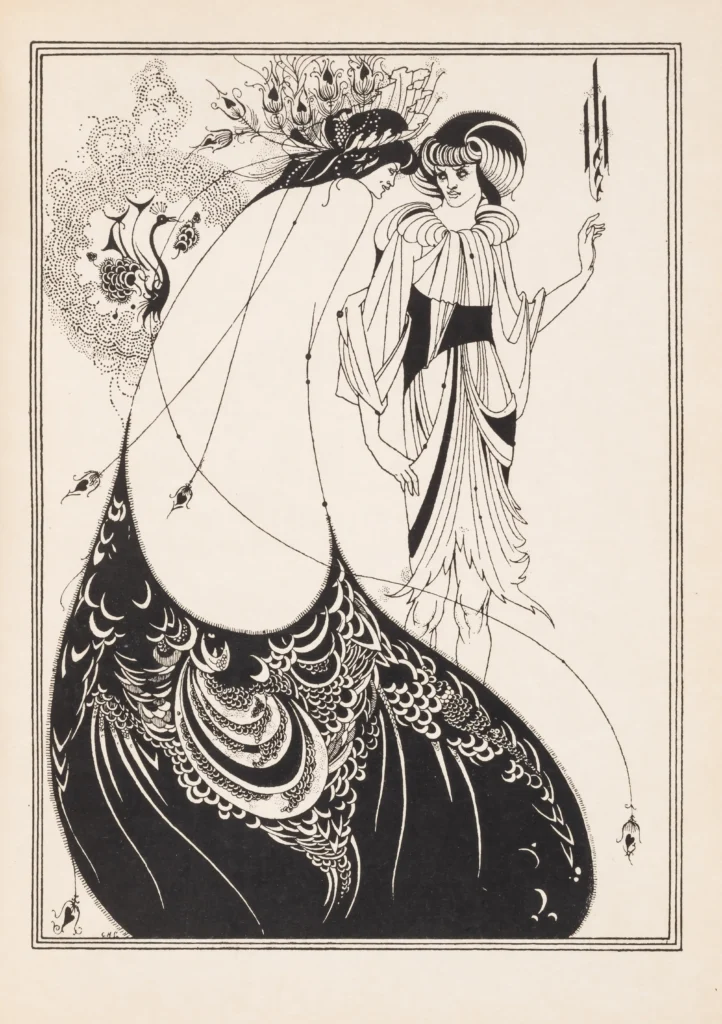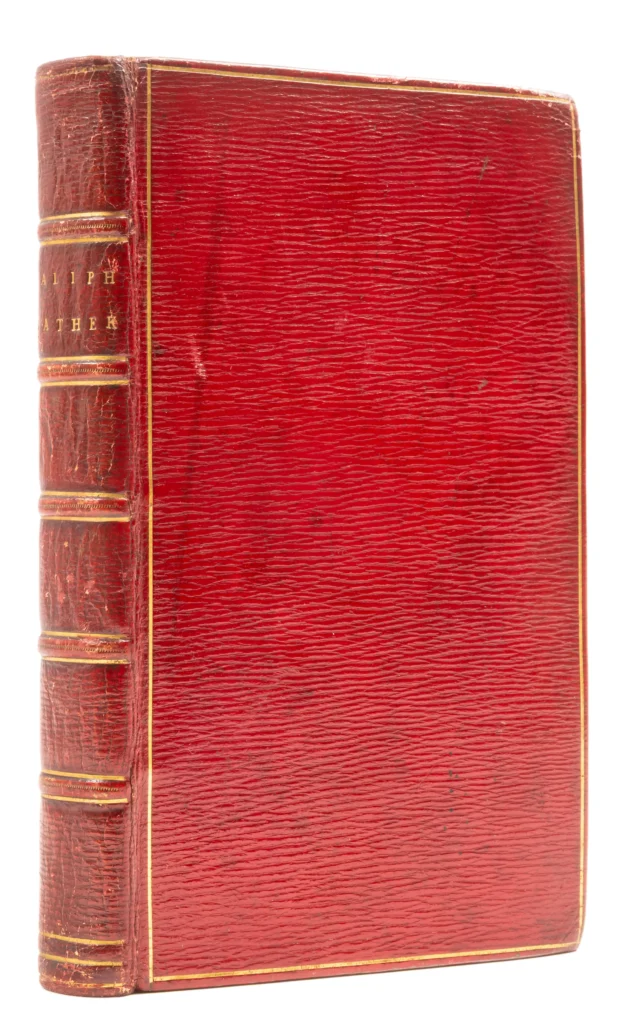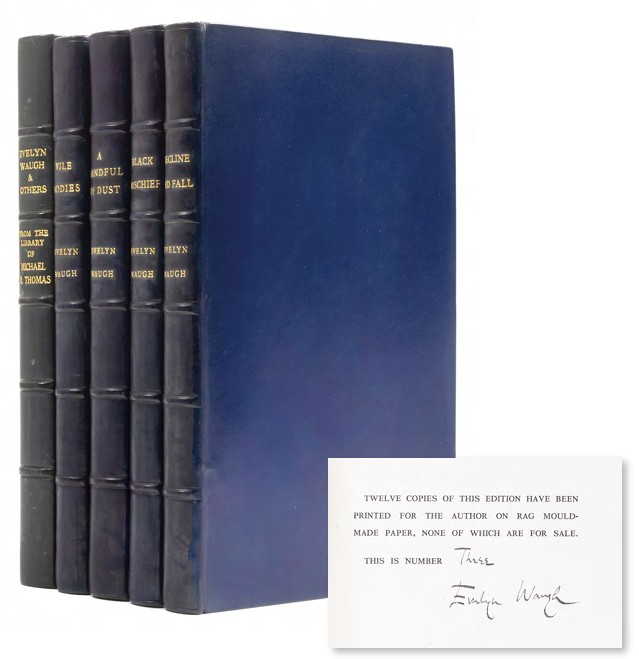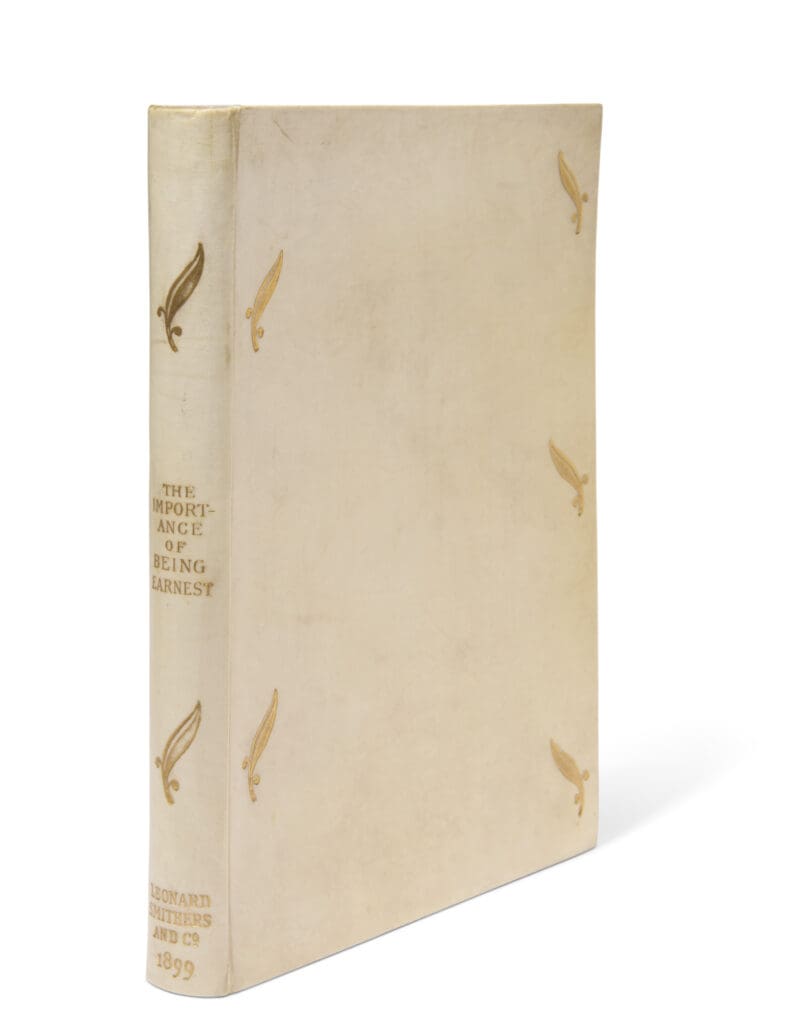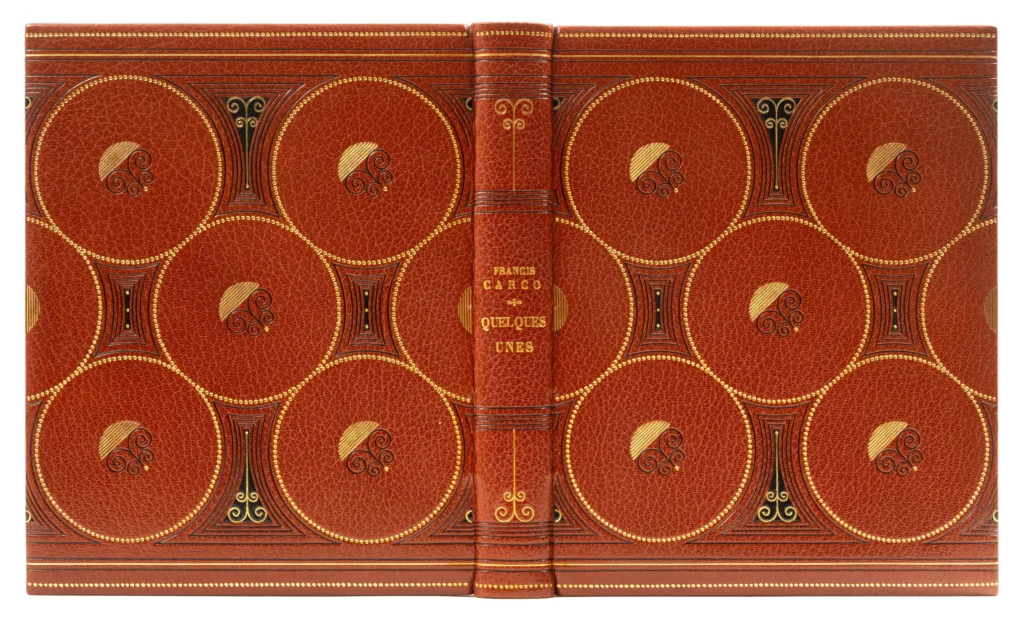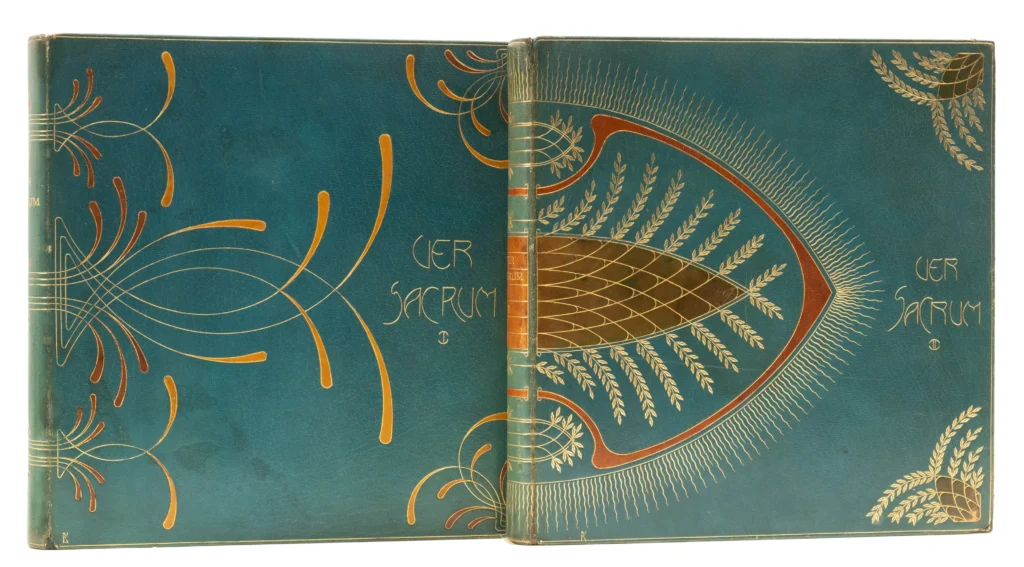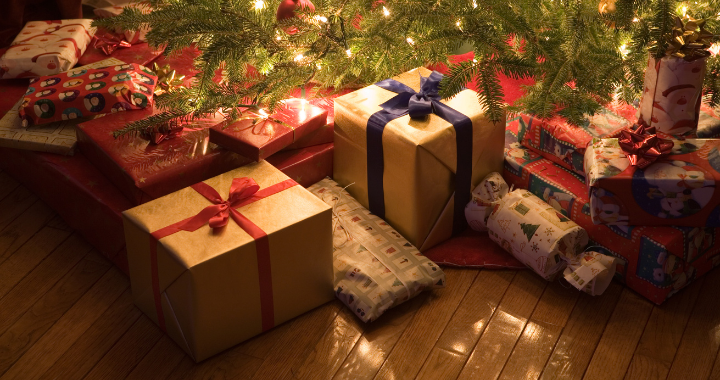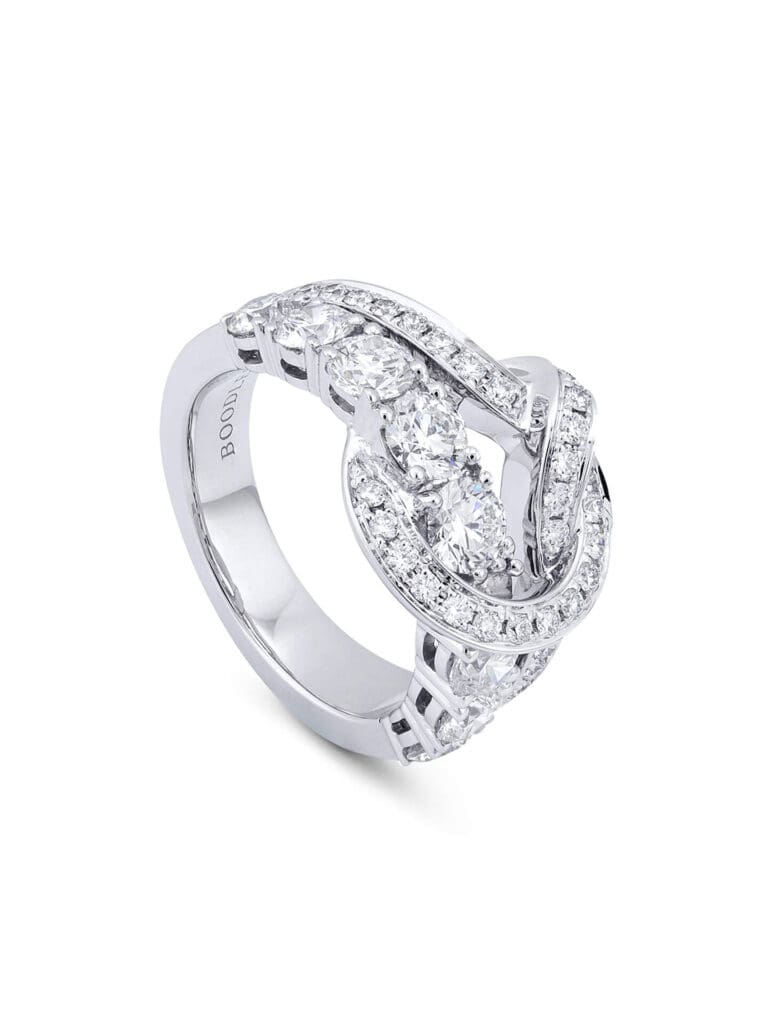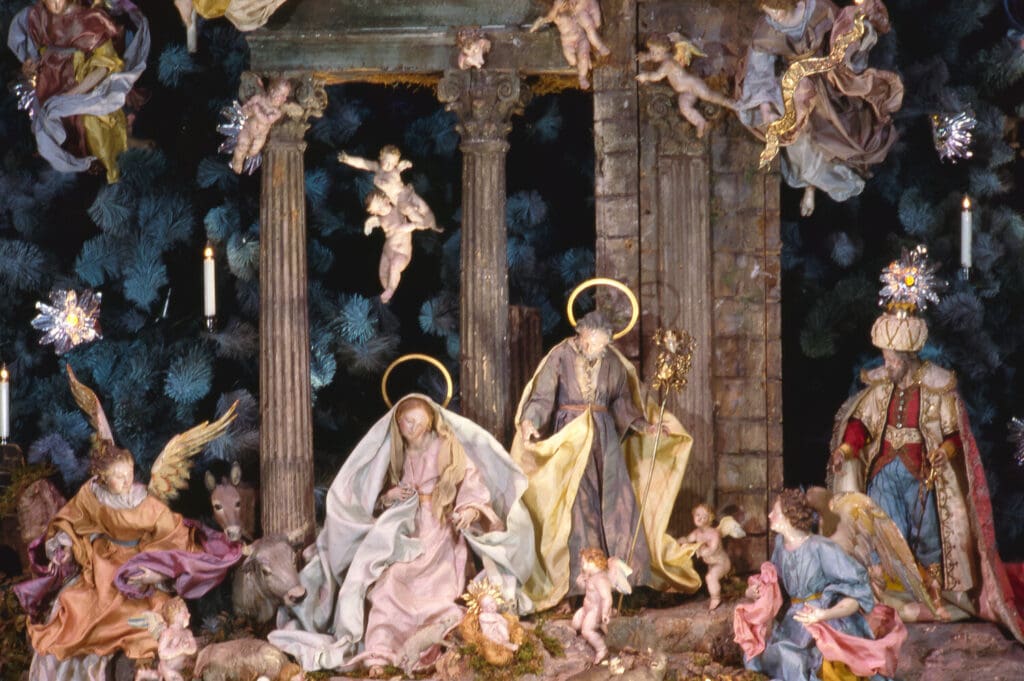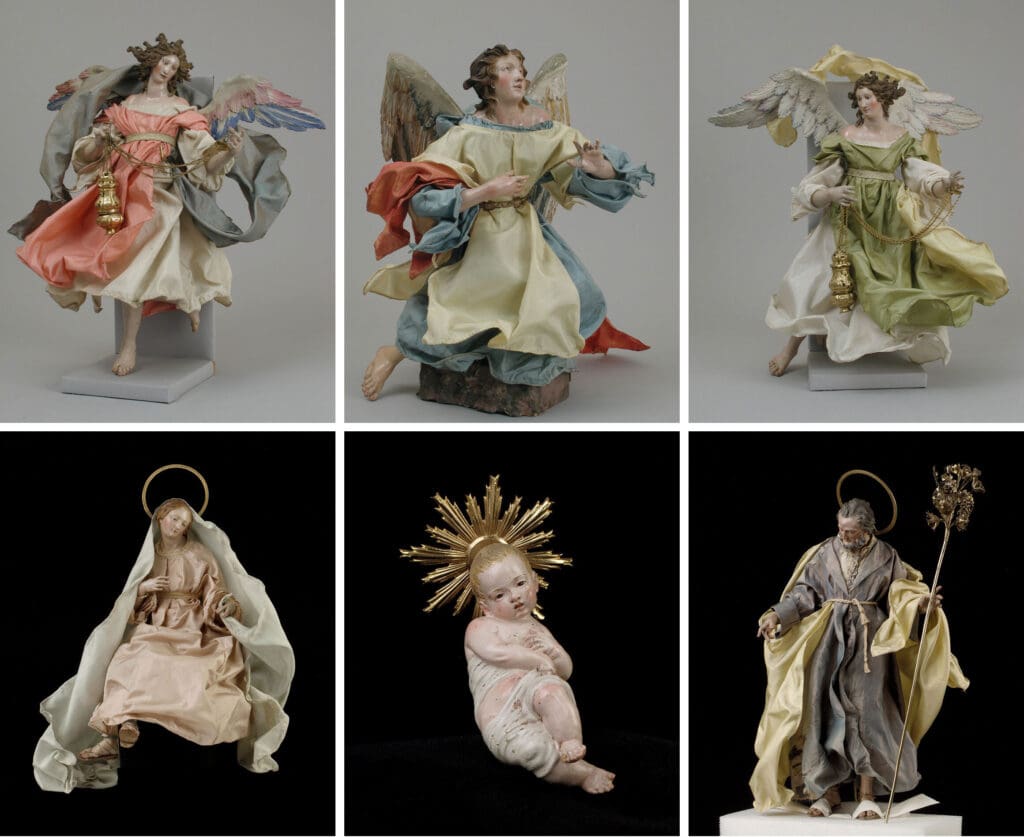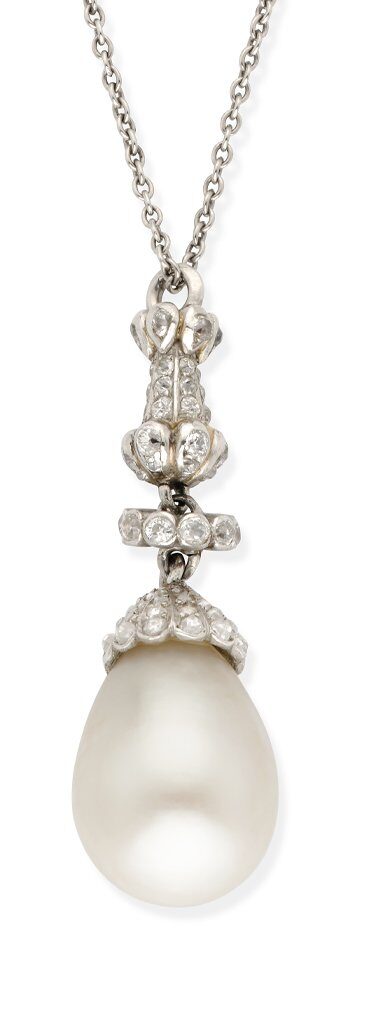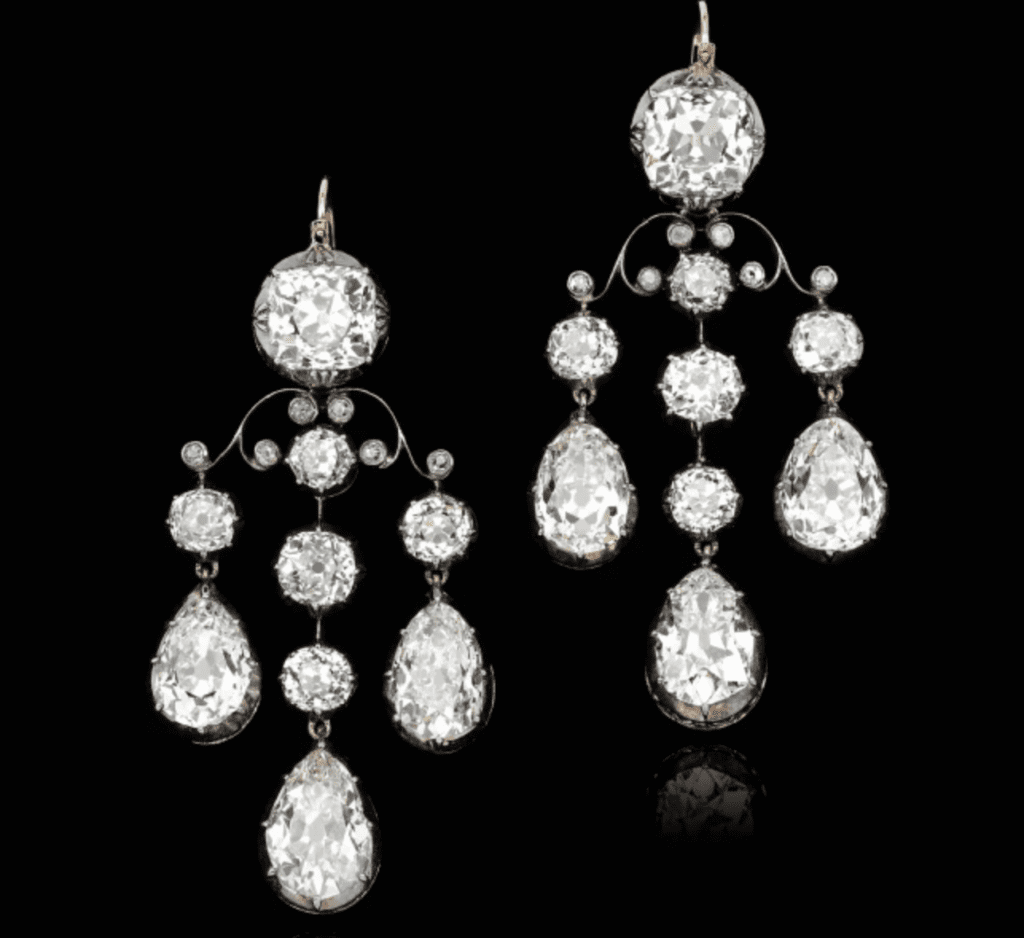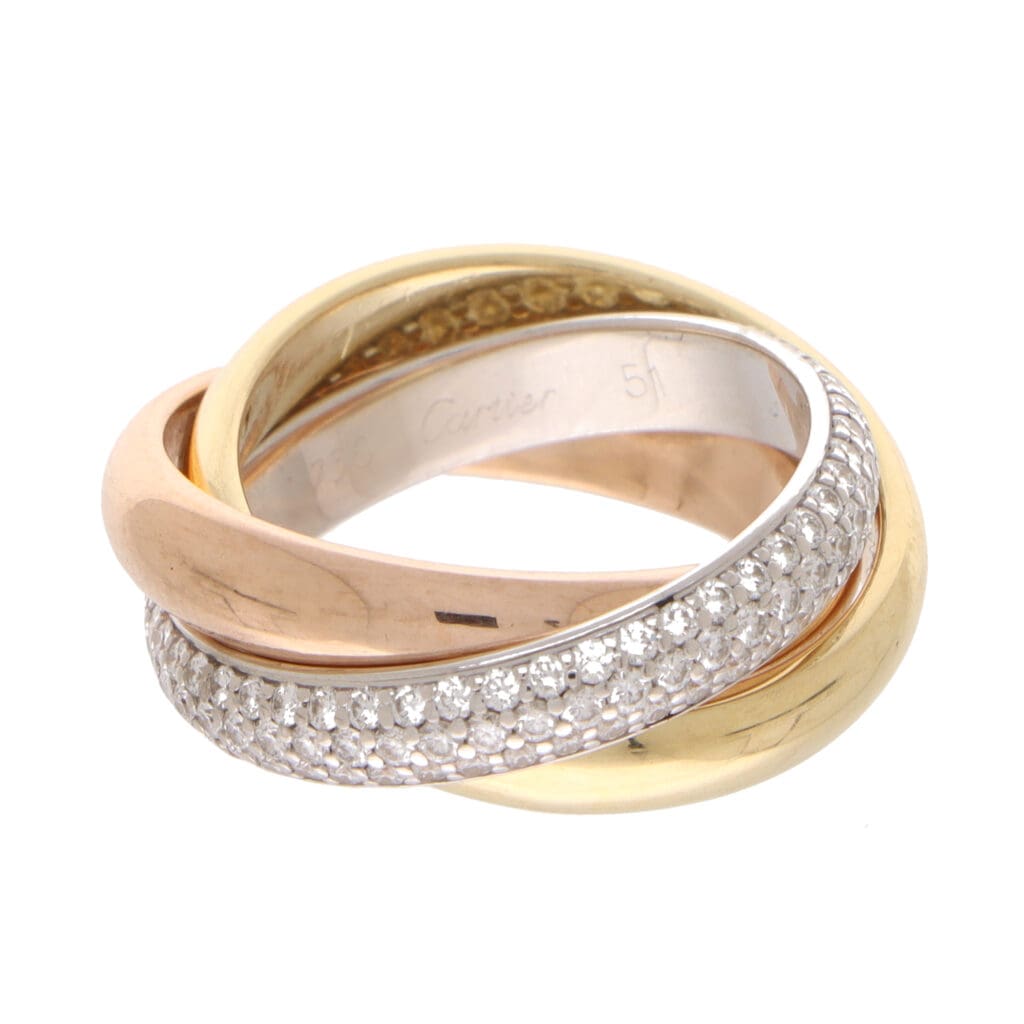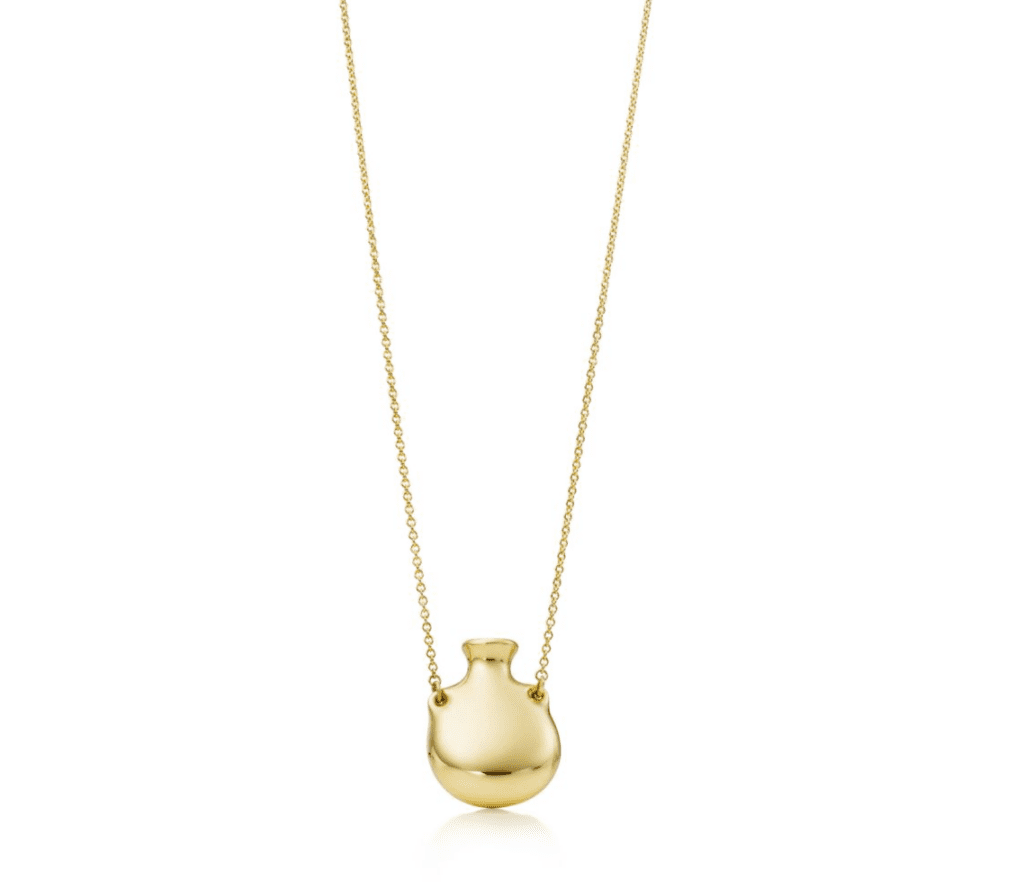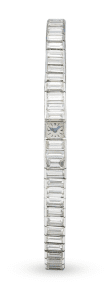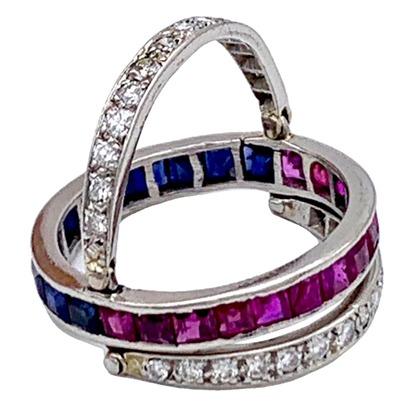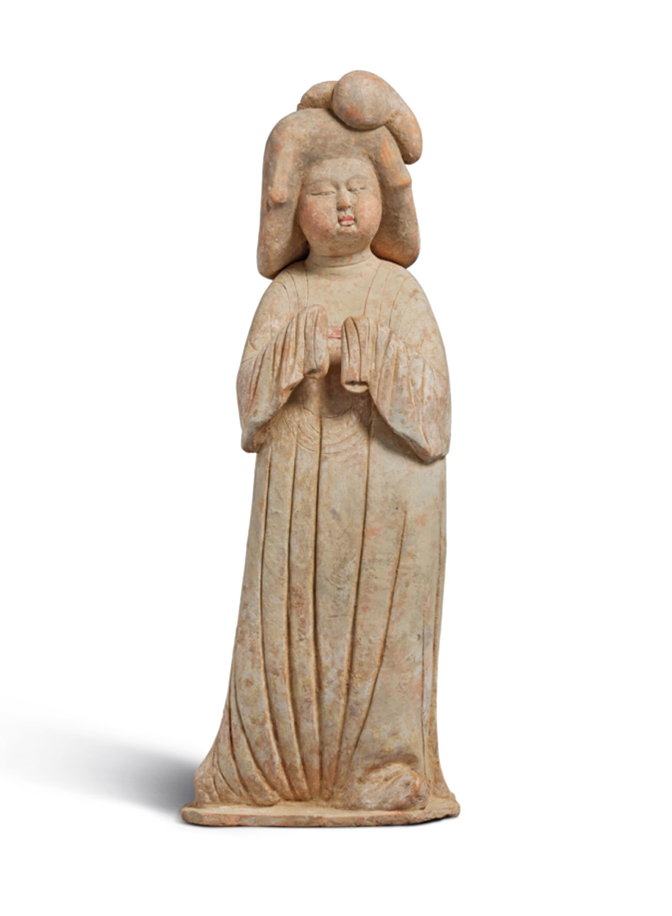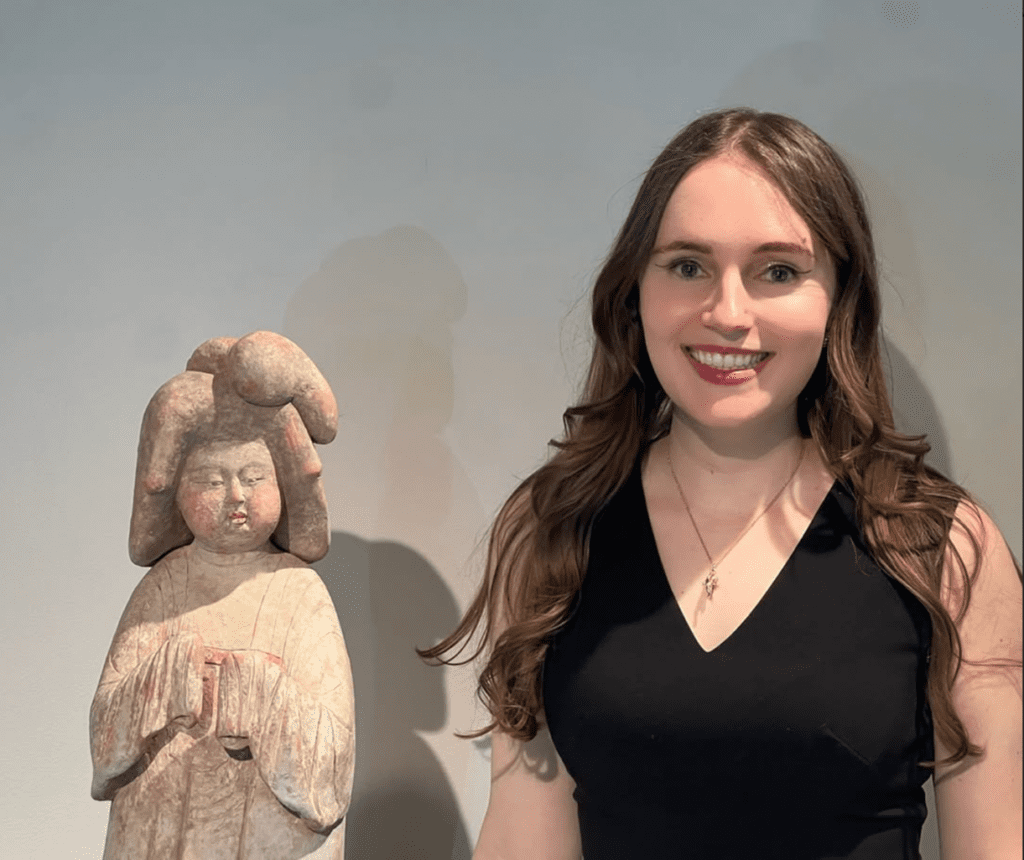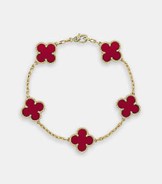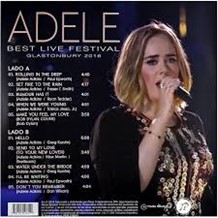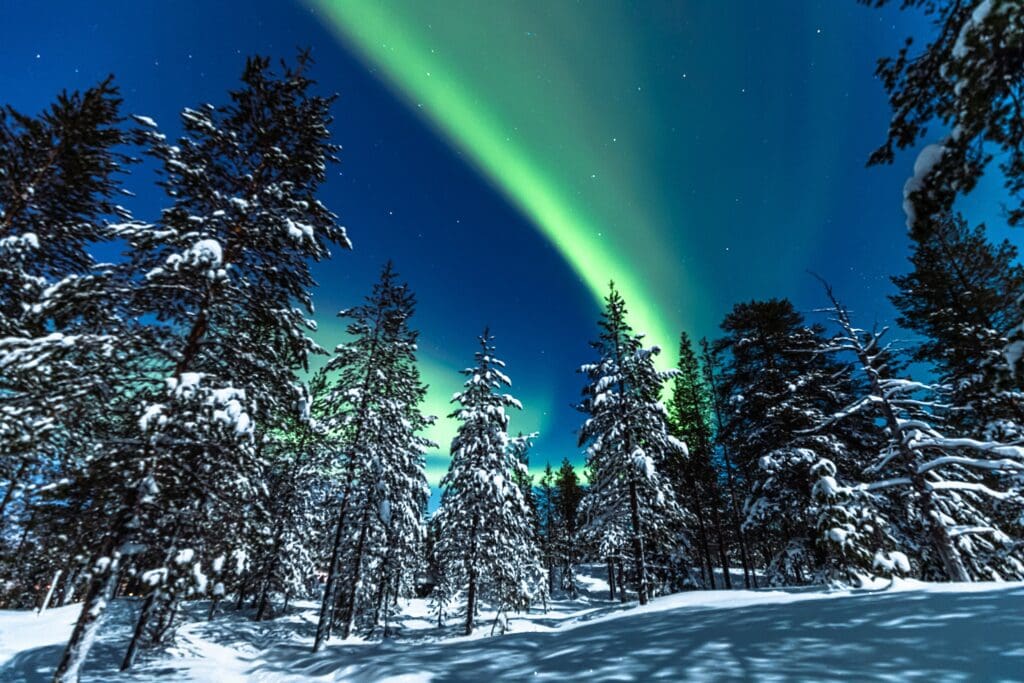We sat down with Rare Books & Manuscripts, Historical Photographs and Maps Consultant Specialist Richard Fattorini to talk about the world of rare book valuations. From surprising discoveries to shifting market trends, Richard shares what collectors need to know, common misconceptions, and why keeping valuations up to date is essential.
What types of items do you most enjoy valuing?
I most enjoy valuing rare books with historical significance or fascinating provenance: first editions, signed copies, or books with annotations by notable figures. There’s something deeply rewarding about uncovering the story behind a unique book.
How do you stay up to date with current market trends?
I keep an eye on auction results from the international auction houses Sotheby’s, Christie’s and Bonhams, together with the leading UK book auctioneers; I read publications including the Antiques Trade Gazette (which I write for) The Book Collector, and Fine Books & Collections, I also attend antiquarian book fairs, and maintain close contact with dealers and collectors. Online resources like Vialibri and RareBookHub are also essential for tracking real-time market shifts.
What’s something most people misunderstand about valuations?
People often assume that older books are always more valuable. In fact, rarity, condition, desirability, provenance, and whether it’s a true first edition or the presence of a dust-jacket or a fine binding often have a greater impact on value than age alone.
Have you noticed any recent trends in the market for rare books?
Yes, there’s increasing interest in 20th-century literature, especially first editions of modern classics by authors like James Joyce, Virginia Woolf, and J.R.R. Tolkien. There’s also growing recognition of works by women and authors from underrepresented backgrounds, which is influencing market demand.

What’s something you’ve seen increase in value unexpectedly?
Early Harry Potter editions have risen sharply in value. First printings of Harry Potter and the Philosopher’s Stone are now highly sought-after collector’s items, especially those from the initial 500-copy print run. Also landmark works in the history of science and ideas.
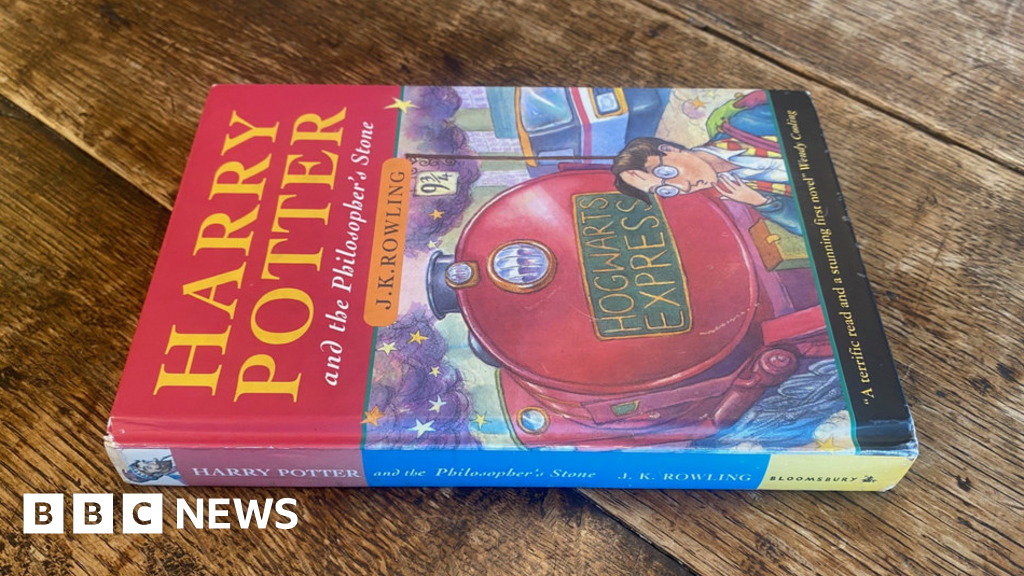
Are there any types of items people often forget to insure or undervalue?
Inherited books or family heirlooms are frequently overlooked. People often don’t realise that an old leather-bound volume or signed classic sitting on their shelf could be worth thousands.
What’s the most unusual or interesting item you’ve valued?
A 17th-century manuscript herbal, hand-illustrated with detailed botanical drawings and marginal notes from generations of practitioners. It offered a remarkable window into the medical practices of the time.
Can you share a time when a valuation uncovered something surprising?
I once assessed a shelf of books that seemed fairly ordinary, only to find a signed first edition of The Great Gatsby hidden among them. The owner had no idea it was worth six figures!
What documents or information are most helpful for you when doing a valuation?
Any provenance: purchase receipts, previous valuations, or correspondence related to the book can be extremely helpful. Detailed photographs of the binding, dust jacket (if applicable), title page and any inscriptions are also valuable when assessing condition remotely.
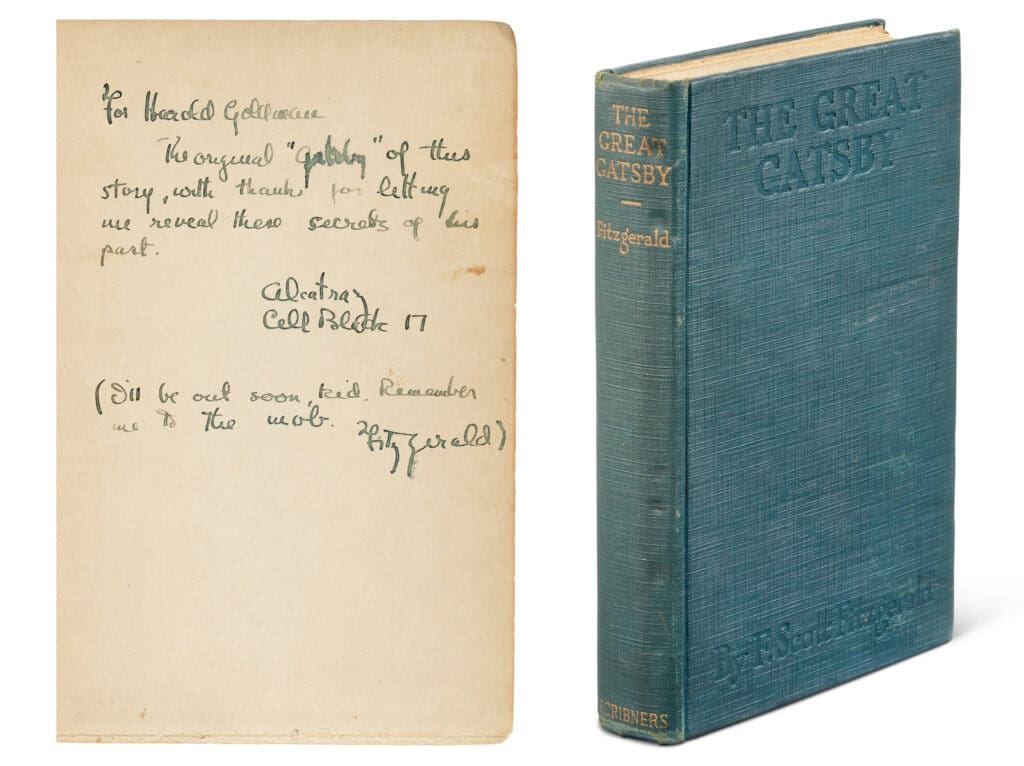
Why is it important to keep valuations up to date?
The market for rare books is dynamic. A title that was modestly priced ten years ago might now be highly sought after, and vice versa. Regular valuations ensure accurate insurance coverage and informed decision-making for collectors.
What risks do people face if their insurance valuations are out of date?
They may find themselves underinsured. If a book is damaged, lost or stolen, an outdated valuation could result in a claim that doesn’t reflect the item’s true market value, leaving the owner significantly out of pocket.
What is one item you’d love to value?
I’d love to value a Gutenberg Bible. As the first substantial book printed with movable type in Europe, it represents the beginning of the printed word as we know it. Very few complete copies exist, and each has its own fascinating history. To examine and value such a culturally and historically significant object would be a once-in-a-lifetime opportunity.
